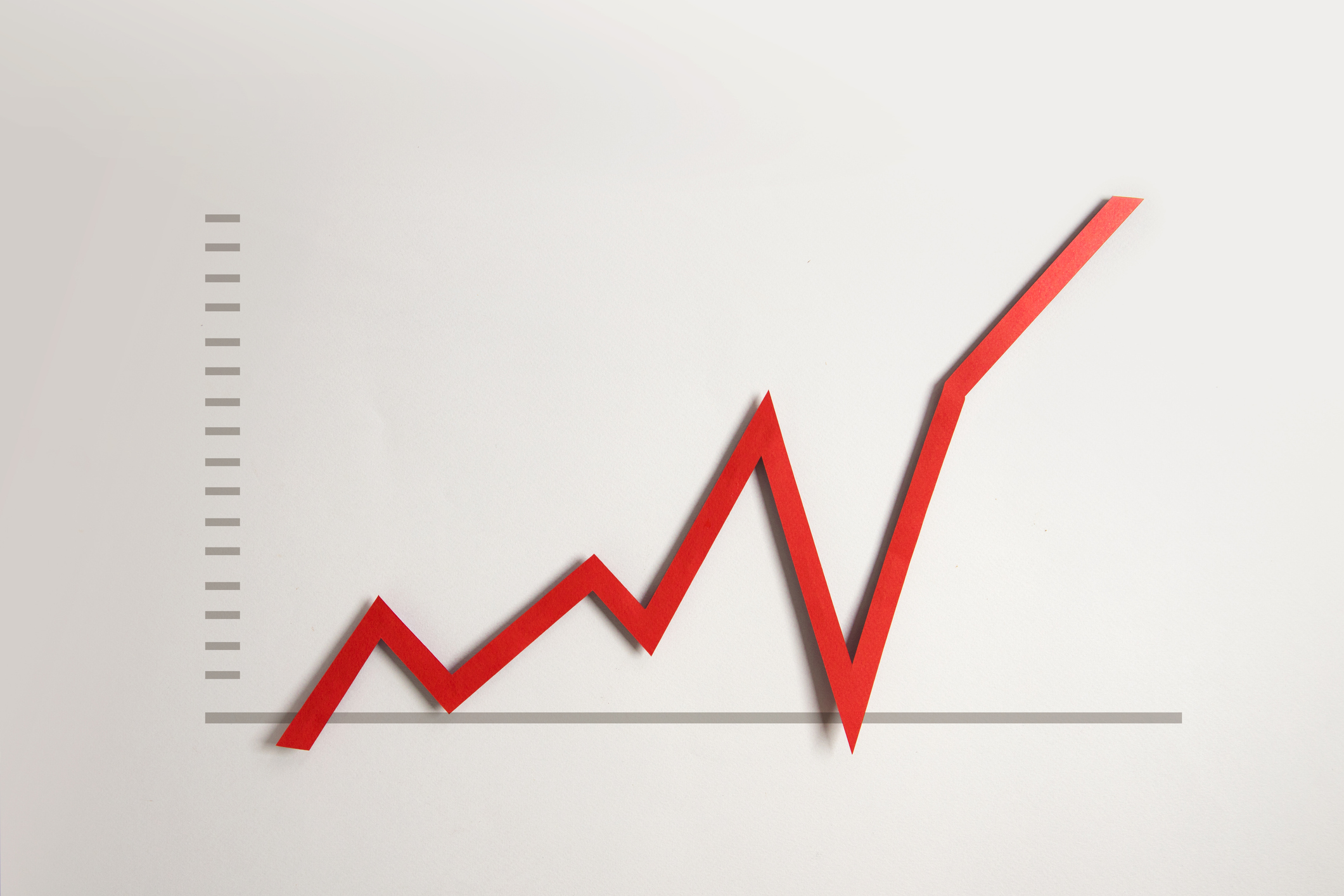How long does a stock market recovery take?
Donald Trump’s tariffs sent markets into a spin earlier this month, but some of the losses have already been regained. How long does a stock market recovery take?


How long does a stock market recovery take? You might as well ask about the length of a piece of string. Looking at historic data can help us identify general trends, however a lot will depend on the factors that have driven the crash.
The latest market sell-off was sparked by US president Donald Trump and his “Liberation Day” tariffs, unveiled on 2 April. The announcement sent global markets into freefall, with the largest losses witnessed in the US.
The S&P 500 shed more than 12% between when the announcement was made and market bottom on 8 April, representing trillions of dollars in market value.
MoneyWeek
Subscribe to MoneyWeek today and get your first six magazine issues absolutely FREE

Sign up to Money Morning
Don't miss the latest investment and personal finances news, market analysis, plus money-saving tips with our free twice-daily newsletter
Don't miss the latest investment and personal finances news, market analysis, plus money-saving tips with our free twice-daily newsletter
Despite this, markets have bounced back relatively quickly, aided by Trump’s decision to pause some of the worst tariffs for a period of 90 days. By market close on 28 April, the S&P 500 had recovered almost 11% compared to its low point on 8 April.
Those who held their nerve rather than selling out at market bottom will have seen their investment portfolio start to recover.
While there is still a way to go to fully recover losses suffered earlier in the year (markets are down 10% compared to the S&P 500’s peak on 19 February) staying invested is generally the best approach.
“Past corrections and even bear markets tend to fade in importance over time. They appear as blips in the long-term charts as time marches on,” said Aaron Gibbs, personal finance commentator at wealth manager Charles Stanley.
“That’s because bear markets sow the seeds of bull markets and, once sentiment improves, investors can reap the rewards of investing in a downturn.”
These trends hold true across all markets – not just the US.
Earlier this year, Fidelity analysed the UK market’s performance over the past 15 years, based on the FTSE All Share Index. It found that missing the 20 best days of market performance would have knocked more than two-thirds off your investment returns.
The best days in the market often come shortly after the worst days, particularly if markets start to believe the initial sell-off was an overreaction. As such, it generally makes sense to stay invested rather than panic selling.
Previous stock market crashes and recovery times
The US stock market has experienced six bear markets since 1985, according to investment platform AJ Bell. A bear market is typically defined as a 20% peak-to-trough decline.
Start date | Peak-to-trough duration | Peak-to-trough decline |
25 August 1987 | 55 days | -33.2% |
16 July 1990 | 87 days | -20.1% |
24 March 2000 | 929 days | -49.1% |
9 October 2007 | 517 days | -56.7% |
19 February 2020 | 33 days | -33.9% |
3 January 2022 | 282 days | -25.4% |
Source: AJ Bell.
Several of these were followed by fairly rapid market recoveries. For example, the S&P 500 had regained all of its Covid-19 losses by June 2020. Meanwhile, the sell-off in 2022 (driven by interest rate hikes) took less than two years to fully recover from.
The dot-com crash and the global financial crisis are the two main exceptions.
“These were not marked by sharp corrections, but rather prolonged declines driven by systemic issues, such as elevated valuations and corporate scandals,” said Daniel Casali, chief investment strategist at wealth manager Evelyn Partners.
This time around, a lot will depend on how Trump behaves from here. In recent weeks, he has deescalated things, pausing the worst tariffs and indicating that China’s tariff rate of up to 145% could be lowered.
That said, the president is famously unpredictable.
“One key risk to watch is whether the US slips into a recession. If that were to happen, it could lead to lower company earnings and potentially another leg down in equities,” Casali said.
“Crucially, the US labour market remains resilient. That’s probably because corporate profit margins are high enough to cushion against significant layoffs. While the full effects of tariffs are yet to materialise in payroll data, high-frequency indicators like jobless claims remain stable for now.”
In Casali’s view, this suggests the risk of a US recession is still low.
Diversifying your investments
Stock markets are always going to experience ups and downs, but tend to do well over the long term. Research from Barclays shows shares outperformed cash 91% of the time over a 10-year performance period, when you look back over the past 130 years.
We take a closer look at how investing can help build long-term wealth in our guide on saving versus investing.
The best way to weather any storms is usually to take a long-term view and ensure your portfolio is suitably diversified. For example, consider holding a global stock market tracker as a core component in your portfolio. These typically track the performance of thousands of companies from around the world.
Diversifying your portfolio across a range of asset classes can also make sense. A traditional “balanced” portfolio allocates 60% to equities and 40% to bonds, as the two asset classes often exhibit “uncorrelated” performance. In other words, bonds often rise when equities fall.
While bonds are generally less volatile than equities, it is worth remembering that their return potential is also lower. As such, younger investors should avoid being overly exposed to the asset class. They have a longer investment horizon ahead of them, so can usually afford to take on more risk.
Investors could also consider a small allocation to “safe-haven” assets like gold, if they are looking to hedge their portfolio against market volatility. Experts typically suggest allocating between 2% and 10% to the yellow metal.
Get the latest financial news, insights and expert analysis from our award-winning MoneyWeek team, to help you understand what really matters when it comes to your finances.
Katie has a background in investment writing and is interested in everything to do with personal finance, politics, and investing. She previously worked at MoneyWeek and Invesco.
-
 Mortgage market reforms: how the FCA's new affordability rules could help you onto the property ladder
Mortgage market reforms: how the FCA's new affordability rules could help you onto the property ladderThe Financial Conduct Authority (FCA) will consult on a range of changes to mortgage lending rules in 2026 to help underserved borrowers
-
 Quality emerging market companies with consistent returns
Quality emerging market companies with consistent returnsOpinion Mark Hammonds, portfolio manager at Guinness Global Investors, selects three emerging market stocks where he'd put his money
